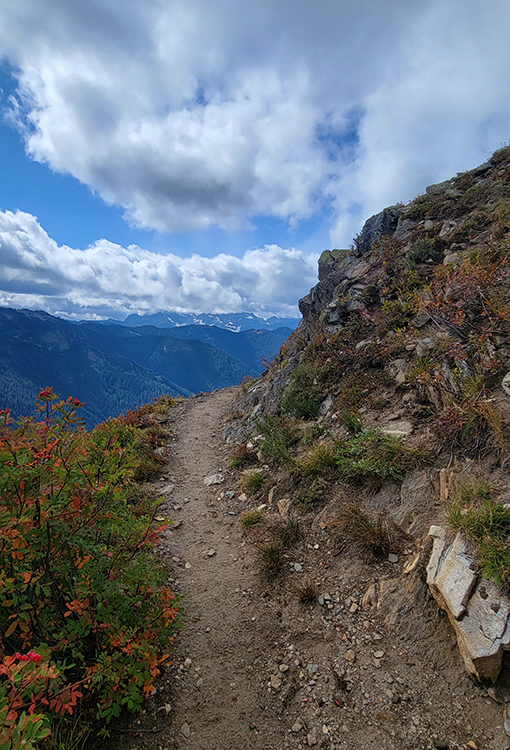
PCT RIDGELINE
Post Trail Depression: A Complex Wave of Emotions
Disclaimer: This article mentions suicide and themes of depression. While post-trail depression is difficult to deal with, if you find yourself having thoughts of suicide or can’t seem to shake out of your post trail depression please seek professional help.
Trail life can be beyond fulfilling. From the constant companionship of fellow dirtbags to receiving the most exceptional trail magic can truly restore faith in humanity.
However, as time passes and the miles are put on, conversation typically tilts to the question of “what are your goals and what will you do upon returning home?”. Each possibility is endless, and while it may be fun to dream, the reality of returning from a thru-hike can manifest itself in ways that are uncomfortable.
The completion of a thru-hike is a complex mix of emotions, yet frequently, the anticipation of life after this monumental journey can feel disheartening. This disheartening feeling can also be known as post-trail depression. It manifests itself as an emotional state that certain individuals encounter following the completion of an extensive hiking journey. While the experience of hiking these trails can be exhilarating, transformative, and eye opening, the abrupt end of such a profound journey can trigger emotional and psychological distress for some hikers.
This occurrence is characterized by a sense of sadness, disconnection, and a feeling of emptiness that often sets in after the intense and transformative experience of thru-hiking comes to an end. While it’s not an official medical diagnosis, it’s a real and widely recognized event among long-distance hikers. Post trail depression should not be taken lightly and can truly affect the individual and those around them.
Transitioning Back
Thru-hiking, the act of hiking an extensive trail end-to-end within a single season, often spanning several months and covering thousands of miles, is a rigorous physical and mental endeavor. Thru-hikers and section hikers often become deeply connected to the trail, finding a sense of purpose, freedom, and simplicity in their daily routines and interactions with nature.
This unique lifestyle, characterized by minimalism, self-reliance, and communion with the natural world, can lead to a profound sense of fulfillment and inner peace. The journey fosters a strong sense of community among fellow hikers, as they share a common goal and support each other through the challenges of the trail. Relationships form with ease along each trail, which in comparison, can be exceedingly hard when trying to integrate yourself back into society after the terminus is reached.
Upon completion of the journey many hikers find themselves abruptly thrown back into the complexities of everyday life, often experiencing what is colloquially referred to as post-trail depression. This depleted sense stems from the stark contrast between the simplicity and freedom of the trail and the demands and expectations of contemporary society. Maybe it’s silly to imagine that hiking all the way to Canada seems like a much grander accomplishment than getting a degree or a full time job, but once a life is experienced through the lens of a thru-hiker everything is changed. Life along a long-distance trail is untouched, pure, and genuine; The hiker’s focus is honed into each moment lived and every breath taken, the only worry on their mind is if they have enough food to last the next stretch and when they can get to camp for the night. In a world where simplicity reins the mind is left free to create and wander, often leading to a higher connection to one’s true self. The freedom from responsibilities or social expectations lets you get in tune with your true wants, needs, and beliefs. These feelings are completely bombarded and belittled upon the return of such endeavors.
The transition from the trail back to mainstream society can be challenging, as hikers may struggle to reintegrate into a world characterized by technology, material possessions, and social pressures. Connections with others somehow now seem shallow upon return and it can be hard to explain to the world what you just went through during your journey. Oftentimes hikers feel frustrated with the inability to communicate the awe and serenity encountered along the trail. While it is possible for others to imagine or listen, it is never equivalent to an experience shared.
The sudden loss of the intense physical activity, the natural beauty, and the camaraderie of fellow hikers can leave a void that is difficult to fill. Moreover, the profound changes in perspective and priorities that occur during the hike can further complicate the process of readjustment. Additionally, post-trail depression can be exacerbated by a sense of loss and nostalgia for the unique experiences, challenges, and triumphs encountered during the journey. As well as an intense sense of community and support. It is so easy to develop a deep emotional attachment to the trail, the landscapes, and the memories created along the way so leaving this environment behind can evoke feelings of grief and longing, amplifying the sense of detachment from the routine of daily life.
You’re Not Alone
It is essential to recognize that post-trail depression is a valid emotional response to a significant life transition. While it may not affect every hiker, those who experience it should seek support from friends, family, and the broader hiking community. Open communication about these feelings and experiences can foster understanding and empathy, enabling individuals to navigate this challenging phase with resilience and self-care.
We asked our friend Woof how he felt during a bout of post-trail depression after his PCT thru-hike, and here is what he shared with us. “I was a mess for a little bit to be honest. I went from being in beautiful places, surrounded by awesome people who I experienced so many amazing things with, to back in my childhood home in a matter of days.” While coming back to ‘normal society’ can be unimaginably trying, it is important to recognize that a long distance hike can also provide many favors for future outlooks on life. Woof ends his statement by saying “For me, changing my mindset on ‘regular life’ has been the most helpful tool for me in overcoming post trail depression. Instead of creating a difference between trail life and regular life, I decided to view every aspect of my life as an adventure and to surrender to the unknowns of the ‘real world’. Life can obviously be difficult and stressful, but so can trail.” When faced with challenges along the trail, hikers often share various mantras, including the popular phrase ‘the trail provides.’ Embracing this mindset facilitates the appreciation of the journey’s beauty and the discovery of a silver lining each day. Despite the potential intensity of post-trail depression, the promise of future trails and the opportunities of life remain ever-present. Perhaps life will provide if we keep this mindset with us in each endeavor.
To mitigate the effects of post-trail depression, some hikers find solace in maintaining connections with the hiking community through online forums, social media groups, or local hiking clubs. Facebook is a great resource to connect with fellow hikers or find local groups to join! Keeping in touch with your tramily or people you shared good times with while out on trail will give you a great community to help you navigate the complexities of re-integration.
Reflecting on the journey through writing, art, or photography can also help many people process their experiences and maintain a sense of connection to the trail. A great suggestion would be to record each meaningful experience so they don’t ever fade. This can be through journaling, creating photo albums, sketchbooking, or editing together any video clips you might have captured while out there.
Engaging in outdoor activities and cultivating a deeper connection with nature in their daily lives can also provide a sense of continuity and fulfillment. Many long distance hikers turn to long distance running when they get home because of similar community styles and dopamine rushes. Maintaining physical exercise is important because it can regulate a more healthy mindset while adjusting to regular life. Seeking professional guidance from therapists or counselors can also be beneficial for those struggling to adjust to life after the trail. There are many different ways to receive help but it is strongly encouraged, especially if you feel like you’re struggling after coming home.
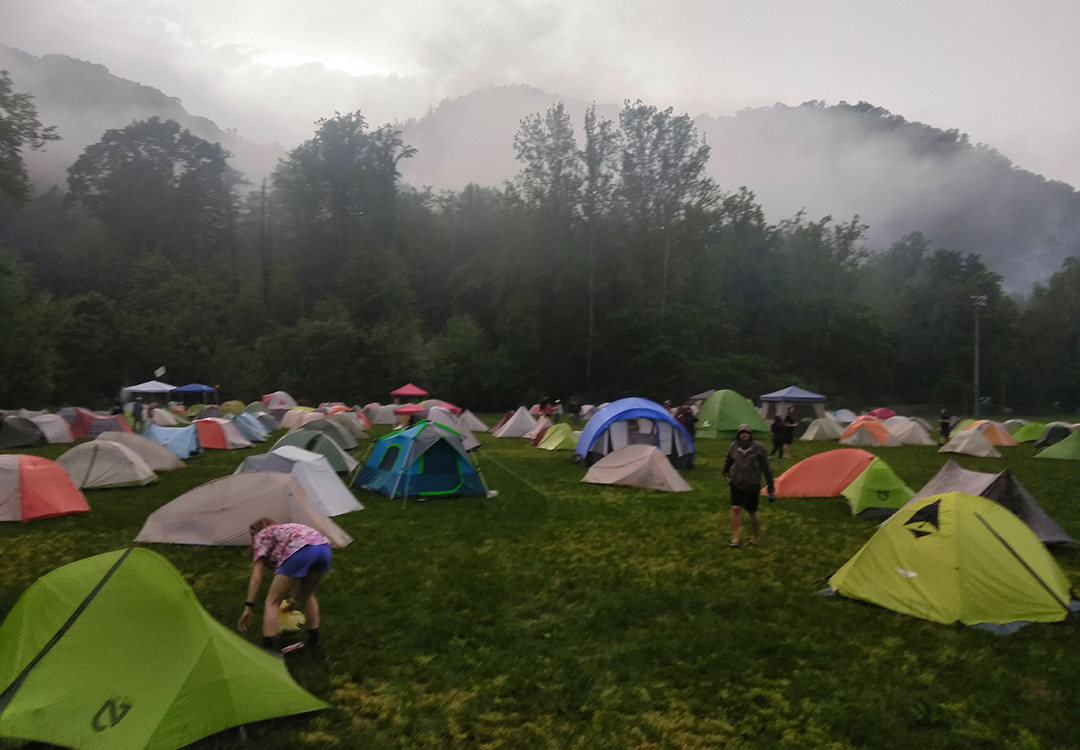
TENT CITY DURING AT TRAIL DAYS
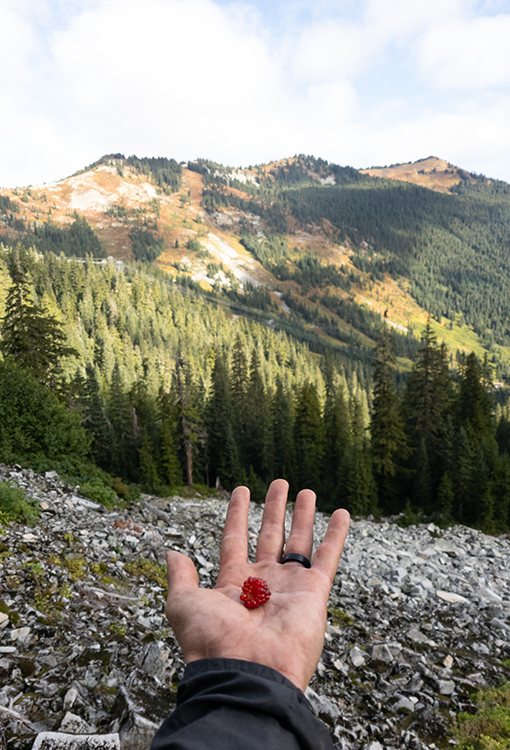
FRESH PICKED BERRY
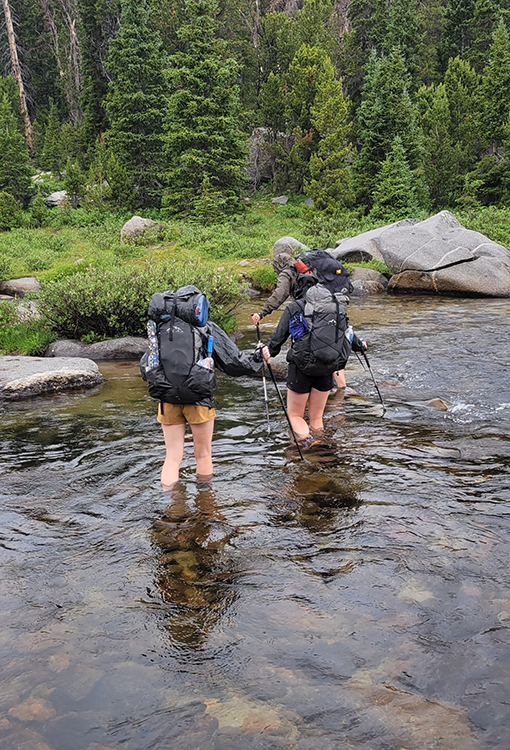
SHARED STRUGGLE IS BOND
Personal Experience
Hallie Kemp, our intern said “I remember shortly after returning from trail that life seemed to me a little more gray. The last half of the trail I ended up getting tonsillitis and lost a lot of my strength and energy, however, I was able to finish purely because of the wonderful people I had surrounded myself with. They helped to push me along during some pretty terrible days and I’ll always be grateful for their encouragement. When I got home I had to get a tonsillectomy and then was left to recover on the couch for a while. The recovery process was slow and during that time all I could do was reflect on the journey my mind and body had just covered. It was hard to think about the PCT and not become sad or nostalgic. Everyone I now talked to kept on exclaiming “What a wonderful once in a lifetime experience!”. Their commentary hurt a little and I couldn’t help but think “how could they say it was a once in a lifetime thing?”. I wanted to rbe back out there every single second of every day, and it broke my heart to think that maybe a lot of us only do have one chance to get to experience something like this.
Approximately five months after returning home, I vividly remember scrolling through social media one day, only to discover the heartbreaking news that one of my trail friends had, tragically, passed away by suicide just a couple of days earlier. Sam was his name, his trail name was “Panties” and he truly was a light to anyone he was around.
We had hiked a section of the Sierra Nevadas together, pushing a 29 mile day through rugged mountain terrain and finally ending at the first real lake- Chicken Spring Lake. The funny thing about hiking with others is that it doesn’t matter how long you’ve been hiking with someone to make a genuine connection. I remember him telling me about his JMT experience a couple years before and how he needed to get life flighted out of the wilderness because his appendix burst. He took care of me during those miles together and we laughed and enjoyed each other’s company the entire time. The next day I told him to go ahead and I’d catch up to him at Mt. Whitney, however, we never ended up seeing each other again due to crazy trail events and I’ll always regret not pushing it to the mountain in time.”
People have the ability to influence anyone and everyone around them. Sam had many difficult things going on and post trail depression is no small thing either. It’s important to reach out to your hiker friends or allow yourself to get help as well before things escalate out of control.
Garrett says “I think coming back from the first thru-hike was the most difficult. I’d moved cities, changed careers, and had a new relationship that was transitioning from one on trail to one in real life. You realize people in normal life don’t really understand what you just experienced being on trail. Their eyes glaze over when you talk about it and they kind of check out. That was pretty difficult. The reality of you doing something hard and achieving a fairly large challenge and no one giving a shit haha. It felt kind of isolating and like I couldn’t relate to a lot of people or their priorities. Luckily my then girlfriend, now wife, was there with me so I had someone to go through it with. Calling and talking to our friends from trail was probably the most helpful, it lets you know you’re not crazy. I think post-trail adjustment takes more time than you’d expect it to, unfortunately. Just be patient and take it one step at a time. It’s easy to feel like a whiner because getting to thru-hike is such a privilege not everyone gets to experience, but it does take some time adjusting regardless.”
Overall, post-trail depression underscores the transformative power of long-distance hiking and the profound impact it can have on an individual’s psyche. Thru-hiking and long distance backpacking can positively impact your mental state even after you return home by instilling a sense of accomplishment and confidence from overcoming challenges during the hike. The memories and experiences gained on the trail can serve as a source of resilience and inspiration during difficult times. By acknowledging the emotional challenges associated with the completion of a thru-hike, we can better support and understand the needs of those who have undertaken this extraordinary journey, helping them navigate the transition back to everyday life with compassion and resilience.
Some Helpful Tips
EXERCISE
No matter if it’s walking, running, more hiking, biking, skateboarding, playing frisbee, hitting the weights, tackling hills, swimming, rowing, climbing—just get moving. You’ve been pushing yourself to your physical limits for quite some time now, and your body and mind are accustomed to that level of activity. Slipping into inactivity can take a toll on both your mental and physical well-being. Don’t get too caught up in the specifics of your routine or the type of activity. As Rich Roll wisely puts it, “Your routine doesn’t have to be perfect; it just has to be something that you enjoy enough to actually do it”
FIND NEW HOBBIES
If you’re currently without a job but have enough savings to ease financial worries, this moment offers unparalleled freedom to pursue your wildest dreams—whether it’s traveling, starting a business, or mastering a new skill. While you might have perceived the trail as free time, it was still a demanding 12-15 hour daily commitment. You’re at a juncture in life where boundless freedom allows you to shape your reality in any way imaginable. It’s both a blessing and a challenge; the vast possibilities can feel liberating or overwhelming as you search for something to match the experiences you had before. Engaging in a new hobby can fill that void; don’t restrict yourself from exploring diverse interests. Joining new social clubs or trying out new activities can give you the challenge and social atmosphere you need to make normal life a little easier.
WATCH YOUR DIET
After indulging in unrestricted eating without immediate consequences, it’s easy to perceive yourself as the same physically capable person you were weeks ago. However, it’s essential to conduct a physical check-in and ensure that your activity matches your intake. Consuming unhealthy foods without burning off the excess calories can disrupt various bodily functions—hormonal imbalances, sugar levels, gut health, and more. This imbalance can trigger feelings of fatigue and reduced motivation for physical activity and self-care. Additionally, you might notice changes in your sleep patterns, staying up later due to the disruptions caused by artificial lights from screens, especially during mindless scrolling in the digital world. Prioritizing nutritious and whole foods can help maintain your body’s equilibrium and stability during these adjustments. Eating greens, whole fruits and vegetables, legumes, fermented foods like sauerkraut or kimchi, and lean animal protein can give your body the nutrients it needs to rebalance.
STAY CONNECTED
As we mentioned in the article, staying connected with friends you made on trail will give you a greater point of reference to what everyone else is dealing with and help you not feel quite so alone in it. Oftentimes we can find ourselves feeling like there’s something missing in our daily lives that we can’t quite pin down. Or maybe we start having an urge to join some kind of communal living situation to feel part of a well connected community again. Before you go joining a cult, call a trail friend! You’ll most likely find that what you describe you’re missing can all be traced back to time on trail and sleeping close to strangers, waking up together, taking breaks together, etc. This is an incredibly bonding time!
PRACTICE GRATITUDE
Allocating time each day to practice gratitude serves as a grounding force, reminding us of our purpose and direction. Consider the recent phase in your life where responsibilities were minimal—a rare privilege indeed. It might feel frustrating to return to a job, deal with traffic, or wait in lines, but pause and reflect on the sheer awesomeness of living a life free from these constraints for a while. You took a bold step, unlike many who let fear hinder similar opportunities, and it’s essential to recognize this.
It’s crucial to acknowledge that countless people globally lack access to the amenities you’ve experienced. Some will never break free from poverty or face barriers preventing them from even dreaming of such a lifestyle. While going about your day, keep these individuals in your thoughts. Your complaints might fade away when you remember that simple pleasures like reuniting with loved ones or savoring a meal at your favorite taco joint are luxuries for many.
Remember, everyone’s reasons for gratitude differ. It won’t solve everything, but it’s a step in the right direction. Dedicating five to ten minutes daily to genuinely contemplate and jot down at least five things you’re grateful for can make a great difference. Write with purpose and detail—why are these things meaningful to you? Keep this list close, a reminder to appreciate life’s blessings, however big or small they may seem.
LIMIT ANXIETY INDUCING SUBSTANCES: CAFFEINE, ALCOHOL, ETC.
As your daily caloric burn decreases due to less physical output, you might notice caffeine affecting you more, possibly leading to unwanted anxiety amidst readjusting to various routines. While all those instant coffee packets and Mio shots might have served you well on trail, in real life it can lead to restlessness. Excessive alcohol consumption can lead to feelings of depression and anxiety, even after the immediate effects wear off. It can disrupt brain chemistry and impact the quality of sleep you get in turn affecting mood regulation and increasing feelings of anxiousness. While marijuana can induce feelings of relaxation for some, it can also lead to heightened anxiety and paranoia, especially in high doses or in individuals predisposed to anxiety disorders. While we’re not saying you can’t have fun and party a bit, we’re more saying to keep in mind how much you might be consuming and how it might impact newfound responsibilities that you didn’t have on trail. It’s more an aspect of compounding problems rather than actually addressing them.
LIFE AUDIT
Now that you’ve got all the time in the world, it’s an opportunity to reflect on some of those ideas you had on trail. Or maybe what you didn’t like in your life before leaving for trail but didn’t have the space or time to address them. Doing a life audit can work wonders in helping to direct your energy into positively changing your life and how its structured. Here’s what that might look like:
- Reflection and Goal Setting: Begin by reflecting on your values, aspirations, and long-term goals. Consider what’s important to you in different areas of life: career, relationships, health, personal development, etc. Set specific, measurable, achievable, relevant, and time-bound (SMART) goals based on your reflections.
- Assessing Current Circumstances: Evaluate where you stand in each area of your life. This could involve assessing your financial situation, career satisfaction, relationships, physical and mental health, hobbies, and overall fulfillment. Make note of what’s working well and what needs improvement.
- Identifying Priorities: Determine what matters most to you. Are there areas that need immediate attention or where you’d like to see significant improvement? Prioritize these aspects based on their importance in aligning with your goals and values.
- Analyzing Time and Energy Management: Review how you allocate your time and energy. Identify activities that contribute positively to your life and those that drain your resources without providing significant value. Consider if your daily habits align with your goals and values.
- Creating an Action Plan: Develop a plan of action to address areas that require improvement. Break down larger goals into smaller, actionable steps. This might involve setting new habits, eliminating or reducing activities that don’t serve you, seeking education or mentorship, or making lifestyle changes.
- Implementing Changes: Take proactive steps to implement your action plan. This might involve adjusting your schedule, seeking support or guidance, learning new skills, or making difficult decisions, depending on the changes you’ve identified.
FIND A PART TIME JOB BEFORE GOING BACK TO FULL TIME IF POSSIBLE
Adapting to a regular schedule and the social norms of being punctual for others is not just about practical adjustments; it’s a crucial step in reintegrating into society. You’ll learn very quickly that your post trail priorities do not align with the same structure as normal society. During a thru-hike, where poor eating habits, poor sleep, and consistently pushing your body to its physical limits, it’s normal to experience a mental fog afterward. Engaging in everyday conversations might feel overwhelming as you grapple with memory lapses, like struggling to recall words during conversation. It’s a common experience. While you might not be in a state to perform specific tasks that a full time job or a career may demand, getting something less stressful like a part-time gig will help you start to re-socialize and slowly regain cognitive functions.
DETERMINE YOUR NEXT PROJECT
Reflecting on your recent accomplishment, it’s essentially a culmination of one significant goal with numerous smaller milestones along the way. Life doesn’t have to deviate from this pattern, and the newfound dedication and time management can fuel your pursuit of fresh challenges, bringing a sense of fulfillment. Consider aiming for another goal, something physical that you can train for. Your recent feat was a physical endeavor, and if you succeeded, it’s likely because you found genuine enjoyment in it or simply refused to give up. Embrace either of those feelings as you contemplate what might come next. Maybe it’s another trail, a 10k, a triathlon, etc. This period presents an ideal opportunity to acquire new skills or delve into a fresh hobby.
Overall, post-trail depression underscores the transformative power of long-distance hiking and the profound impact it can have on an individual’s psyche. It is essential to recognize that post-trail depression is a valid emotional response to a significant life transition.


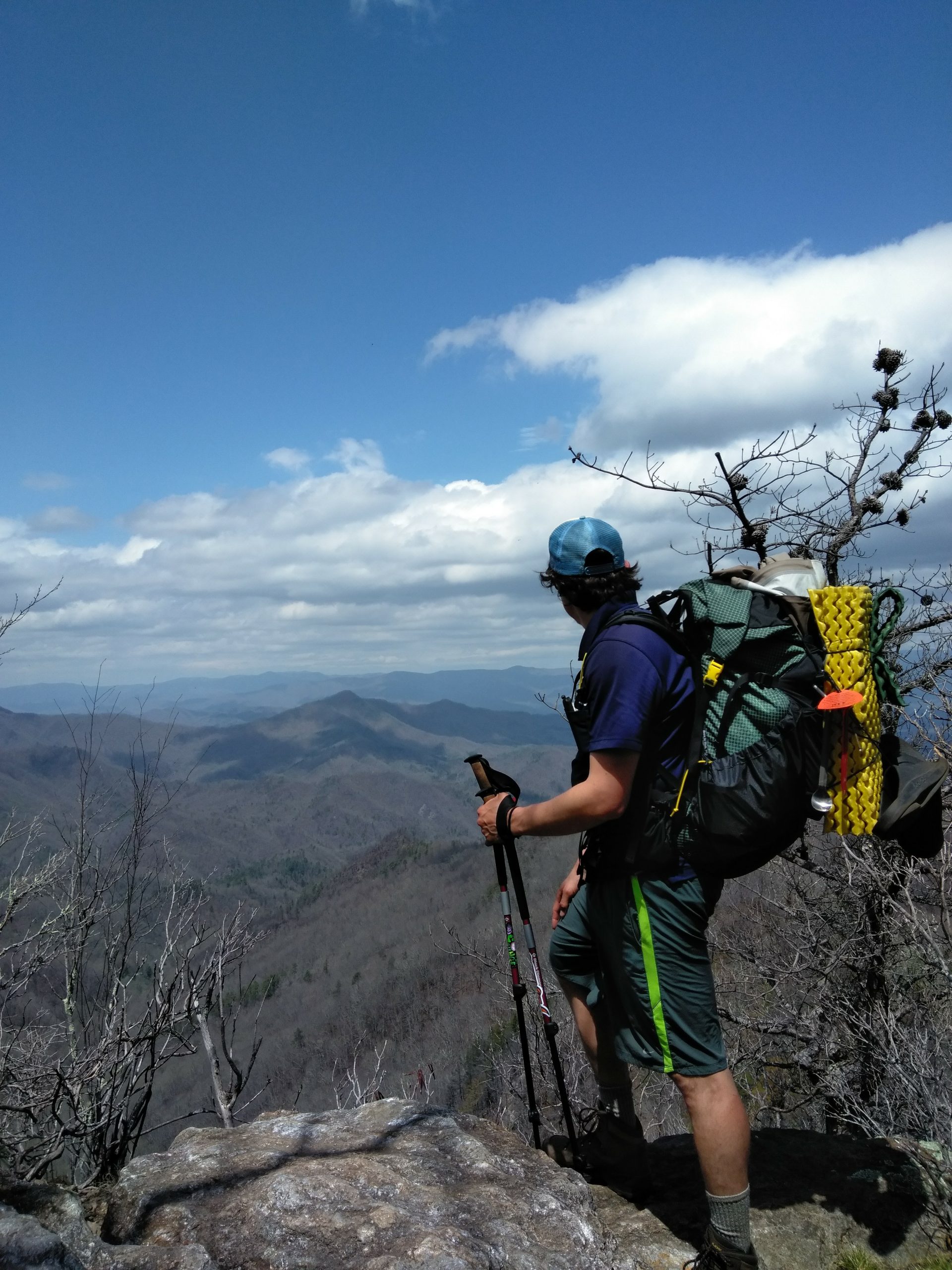
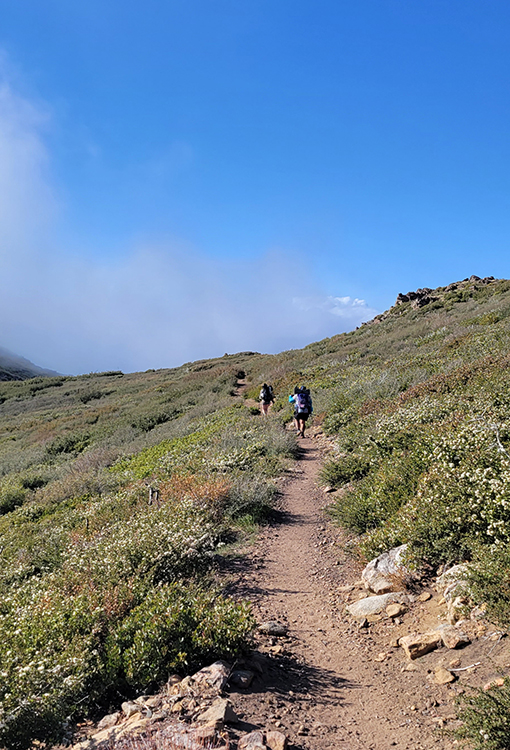
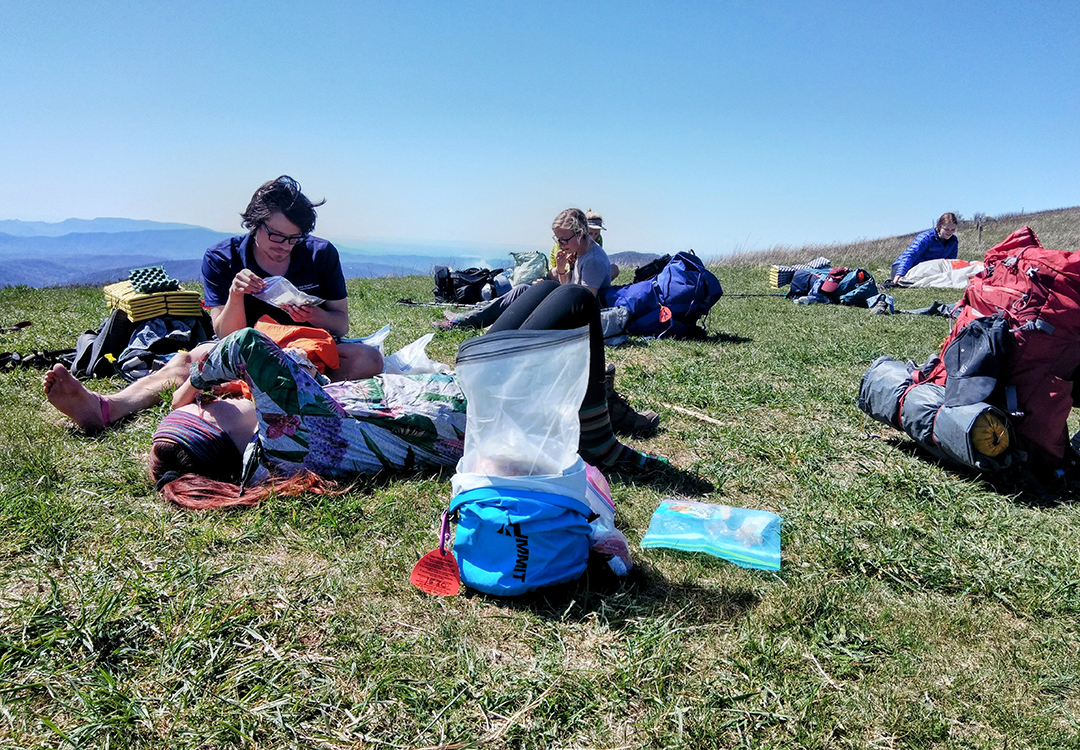



0 Comments